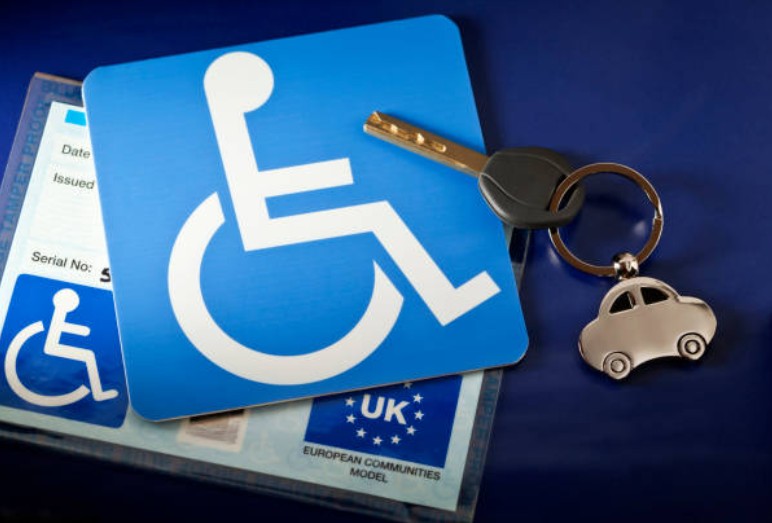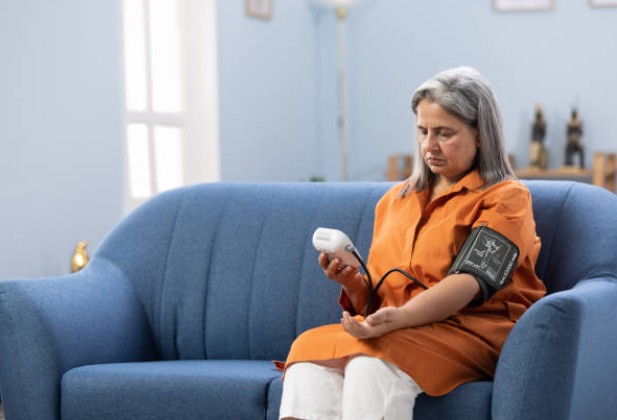Your Complete Guide with Real Stories and Expert Insights
For many people in the UK, the Blue Badge scheme isn’t just about parking — it’s about reclaiming independence, reducing stress, and restoring dignity. But when it comes to applying, one question stands out: What medical conditions qualify for Blue Badge?
Whether you’re living with a long-term illness, caring for someone with limited mobility, or dealing with a hidden disability, this guide is here to answer your questions practically and with real-life examples.
What Is the Blue Badge Scheme and Why Does It Matter?
The Blue Badge scheme, operated by local authorities across the UK, provides accessible parking privileges for people with mobility issues and certain disabilities. This includes priority parking in disabled bays, exemption from some parking charges, and the ability to park closer to key destinations. For individuals facing physical, cognitive, or psychological challenges, this added accessibility can mean the difference between independence and isolation.
The benefits extend beyond convenience — it’s about quality of life. Being able to park near shops, medical centres, or workplaces reduces fatigue and stress, and gives people more control over their routines. For carers and families, it reduces the burden of navigating difficult access points and supports inclusive participation in society.
Who Automatically Qualifies for a Blue Badge?
Some applicants are eligible for a Blue Badge without a detailed assessment if they meet automatic qualification criteria set by the Department for Transport. This helps fast-track support for those already recognised as having significant mobility challenges. You are automatically eligible if:

- You receive the higher rate of the mobility component of Disability Living Allowance (DLA), which reflects serious walking difficulties.
- You receive Personal Independence Payment (PIP) and scored 8 points or more in the ‘moving around’ activity, indicating limited ability to walk.
- You are registered as severely sight impaired (blind), which affects your ability to travel independently.
- You receive the War Pensioner’s Mobility Supplement, acknowledging mobility limitations due to service-related injuries.
- You’ve received a lump sum from the Armed Forces Compensation Scheme (tariffs 1–8) for a permanent disability that restricts movement.
These criteria streamline the process, but you still need to provide the appropriate documentation. Most councils require copies of award letters, medical evidence, and proof of identity or address. If your situation has changed, even a previously denied application may now qualify.
What If I Don’t Qualify Automatically — Can I Still Apply?
Absolutely. Most Blue Badge holders don’t automatically qualify — they apply under discretionary eligibility, where local authorities assess each case on its own merits.
You may be eligible if you:
- Have a permanent and substantial disability that causes considerable difficulty walking.
- Experience overwhelming psychological distress when walking in public.
- Have a non-visible (hidden) condition that affects your ability to plan or follow a journey.
This includes conditions such as chronic pain syndromes, mental health disorders, and neurological conditions. It’s essential to explain how your condition affects you on a day-to-day basis — including struggles with fatigue, pain, safety, or confusion. Include examples from real scenarios, such as “I can only walk 30 metres before needing to sit” or “I avoid going out alone due to panic attacks.”
What Medical Conditions Qualify for Blue Badge?
Eligibility isn’t based solely on the name of a condition — it’s about the impact. However, some conditions frequently meet the threshold when documented:
- Arthritis (Osteoarthritis or Rheumatoid): Can cause joint stiffness and pain, especially in knees, hips, or hands, making walking very painful. Flare-ups often come without warning and require rest and recovery.
- Chronic Obstructive Pulmonary Disease (COPD): Causes breathlessness and fatigue, even over short distances. Cold weather and inclines can worsen symptoms.
- Multiple Sclerosis (MS): Can result in unpredictable symptoms including weakness, dizziness, and numbness. Some days may be manageable, others severely limiting.
- Fibromyalgia or Chronic Fatigue Syndrome (ME/CFS): Often include post-exertional malaise, muscle pain, and energy crashes. Even short outings can require days of recovery.
- Heart Conditions: Like congestive heart failure, which can make walking dangerous or exhausting. Symptoms may include swelling, chest pain, and breathlessness.
- Amputations or Limb Impairments: Particularly when prosthetics are limited or uncomfortable. Walking may cause strain on other parts of the body.
- Neurological Disorders: Such as Parkinson’s disease or epilepsy, where coordination or fatigue severely affects walking. Tremors and muscle stiffness may make walking slow or unsteady.

- Mental Health Conditions: Including agoraphobia, PTSD, and anxiety disorders that impair public travel. Panic attacks or intrusive thoughts may prevent a person from completing journeys alone.
- Neurodivergent Conditions: Including autism and learning disabilities where sensory overwhelm or confusion puts the person at risk. A familiar environment (like parking near entrances) reduces distress and supports safe access.
Always focus your application on how the condition affects your mobility or your ability to complete a journey safely, not just on the medical diagnosis.
What Real-Life Stories Show How the Blue Badge Makes a Difference?
Take for example, Sarah, a 45-year-old from Leeds, who lives with fibromyalgia. She shared how she avoided grocery shopping due to fatigue and pain after walking from the car park. Since receiving a Blue Badge, she now shops independently and feels more in control of her life.
Then there’s James, a former soldier who suffered leg injuries during his service. With a Blue Badge, he’s been able to take up part-time teaching again, as he can now park near the school building.
These are just two of many examples where the scheme isn’t just helpful — it’s life-changing.
What Are the Most Common Myths About Blue Badge Eligibility?
There are plenty of misconceptions about who can get a Blue Badge:
- “You must use a wheelchair.” Not true. Many applicants walk short distances with difficulty, without using a chair.
- “Mental health doesn’t count.” Conditions like anxiety, PTSD, or severe panic disorders can make you eligible.
- “You won’t qualify if you were once denied.” If your condition has worsened or you can provide better evidence, you can reapply successfully.
Understanding these myths helps people apply with confidence and the right documentation.
What Evidence Do You Need When Applying for a Blue Badge?
Evidence is everything. Local councils want to see how your condition affects your life. Include:
- Letters from GPs, consultants, or therapists.
- Mobility assessments or occupational therapist reports.
- Personal statements outlining specific challenges.
- Copies of benefit award letters.
- Photographs, medication lists, or supporting documentation.
Be detailed. Describe a “typical day” and explain the walking distances, pain levels, rest breaks, or episodes of psychological distress.
What Has Changed in the Blue Badge Rules for Hidden Disabilities?
In 2019, England expanded eligibility to include hidden disabilities, bringing more consistency with Wales and Scotland. This change recognised conditions like:
- Autism spectrum disorders
- PTSD or severe anxiety
- Non-visible cognitive impairments
The focus is now not just on physical walking difficulties, but also the risk of harm or inability to complete journeys safely. For families with children who bolt into roads when overwhelmed, or adults who suffer panic attacks in public, the badge is now a crucial lifeline.
How Can You Make Your Blue Badge Application Stand Out?

Local councils often receive vague or incomplete applications. Here’s how to stand out:
- Be specific about symptoms and walking limitations.
- Use phrases like “I can walk no more than X metres before stopping.”
- Include examples of real scenarios where you struggled.
- Attach strong, clear medical evidence.
Don’t downplay your condition. A modest approach might result in rejection — be honest and detailed.
Why Is It Worth Applying Even If You’re Unsure?
Many people assume they won’t qualify — until they apply and are surprised to find they do. Even if you’re uncertain, the worst outcome is a polite refusal. The potential gain? Access, freedom, and peace of mind.
Applications are low-cost, decisions are appealable, and many people are successful on their second or third try. If your daily life is being shaped or limited by your condition, applying is not only worthwhile — it could change your life.

Leave a Reply